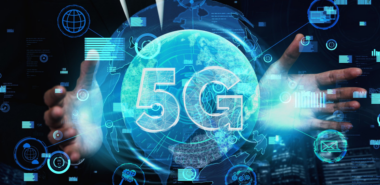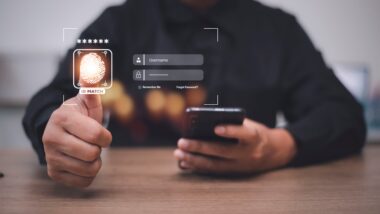
We’ve discussed the transformational nature of the IoT on the blog before. It’s having a positive impact in lots of different areas, protecting the environment, lifting people out of poverty and getting those in remote areas connected. It’s also opening opportunities to those facing disability, bringing them new and exciting possibilities. Everyone in life has different levels of ability, and connected technology is having a great equalizing effect. We thought we’d look at some of the most innovative and impressive ways the IoT is assisting those with disabilities.
Crossing the street
In the Netherlands, we’ve been particularly impressed by Crosswalk, a revolutionary new app which helps pedestrians who experience difficulties when crossing the road. Once downloaded on to a smartphone, the service allows people to “hack” into traffic light systems. People can alert the traffic lights to their presence and request additional time for crossing over. There are four different settings, allowing a pedestrian to select the option most suited to their level of mobility. What’s particularly clever about this IoT solution is the way it interacts with GPS and the software operating the traffic lights, demonstrating the importance of interoperability in today’s connected world. It’s a type of hacking we can approve of!
Reading surroundings
Furthermore, the IoT is combining with artificial intelligence to create amazing services for blind people. The Seeing AI app, developed by Microsoft, uses the camera of a smartphone to describe what’s going on round a person. For instance, if a blind person was walking towards a busy junction, the service could tell the individual to stop. Even more impressive is the app’s ability to tell the user how a person is feeling – it can read facial expressions! Though perhaps this feature needs to be used with headphones to avoid awkward social interactions… “she’s looking at you very angrily right now…”
Google too is getting involved along similar lines and has opened up its Cloud Vision API to developers. Now they can create apps and devices that make use of its image recognition and classification features. This will bring greater context to what is “seen” by the app or device, helping people better understand what’s around them.
Improving the home experience
Then there’s the rise of the smart home. Connected speakers, fridges, ovens, and thermostats don’t just bring additional convenience, but they are also extremely useful for those who are less able. Someone with mobility problems could control all their devices from a single smartphone interface. In addition, a blind person could be assisted in a task like cooking through an intelligent speaker located on an electronic appliance. It means that an individual facing physical disabilities might need less support, gaining more independence and autonomy.
Augmenting the senses
Wearables, powered by IoT technology, can also make life far easier for some. For example, there are now smartwatches which translate texts, emails, and other content into Braille, allowing the blind to stay connected constantly. Furthermore, a company called Ducere Technologies has developed special insoles which signal to the wearer (via vibrations) which the route they should take to a destination.
Other firms innovating in this space include VTT Technical Research Centre of Finland whose wearable device works like radar, while Eyra’s Horus utilizes bone-conduction technology to help send verbal cues to the wearer to help them navigate their environment.
The IoT is bringing all sorts of new opportunities for those who are less able. As these solutions become more popular, it’s important we ensure that smart devices are fully secured to avoid exploitation by cyber attackers.
What do you make of these exciting IoT developments? Let us know by tweeting to us at @Gemalto or by posting a comment below.


